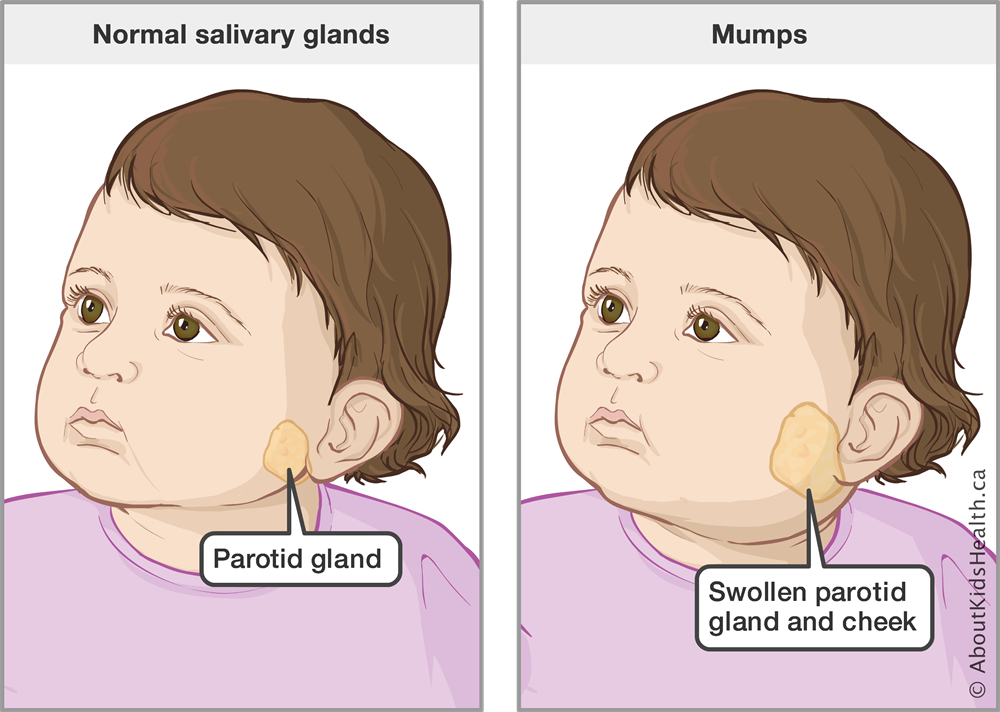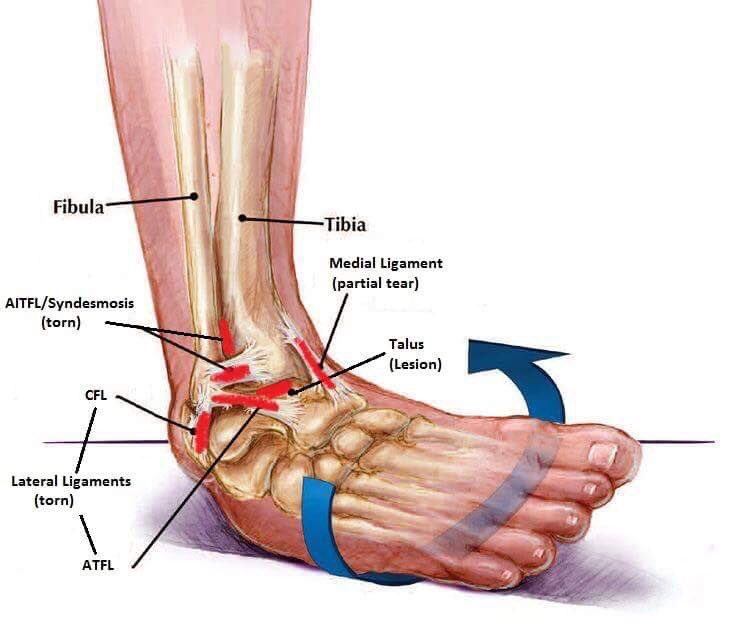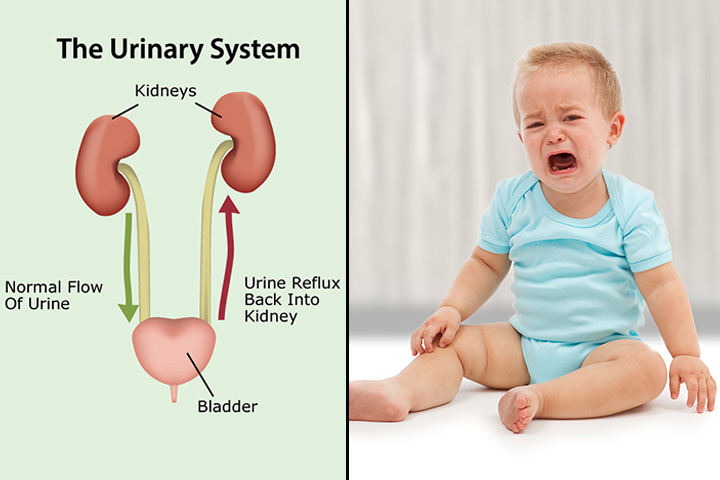Proton therapy, also called proton beam therapy, is a type of radiation therapy. It uses protons rather than x-rays to treat cancer.
A proton is a positively charged particle. At high energy, protons can destroy cancer cells. Doctors may use proton therapy alone. They may also combine it with x-ray radiation therapy, surgery, chemotherapy, and/or immunotherapy.
Like x-ray radiation, proton therapy is a type of external-beam radiation therapy. It painlessly delivers radiation through the skin from a machine outside the body.
How proton therapy works
A machine called a synchrotron or cyclotron speeds up protons. The high speed of the protons creates high energy. This energy makes the protons travel to the desired depth in the body. The protons then give the targeted radiation dose in the tumor.
With proton therapy, there is less radiation dose outside of the tumor. In regular radiation therapy, x-rays continue to give radiation doses as they leave the person’s body. This means that radiation damages nearby healthy tissues, possibly causing side effects.
What to expect
People usually receive proton therapy in an outpatient setting. This means they do not need to have treatment in the hospital. The number of treatment sessions depends on the type and stage of the cancer.
Sometimes, doctors deliver proton therapy in 1 to 5 proton beam treatments. They generally use larger daily radiation doses for a fewer number of treatments. This is typically called stereotactic body radiotherapy. If a person receives a single, large dose of radiation, it is often called radiosurgery.
Treatment planning
Proton therapy requires planning. Before treatment, you will have a specialised computed tomography (CT) or magnetic resonance imaging (MRI) scan. During this scan, you will be in the exact same position as during treatment.
Movement should be limited while having the scan. So you may be fitted with a device that helps you stay still. The type of device depends on where the tumor is in the body. For example, a person may need to wear a custom-made mask for a tumor in the eye, brain, or head. He or she would also need to wear this device later for the radiation planning scan.
During a radiation planning scan, you will lie on a table and the doctor will figure out the exact places where the radiation therapy will be given on your body or the device. This helps make sure your position is accurate during each proton treatment.
The devices are designed to fit snugly so there is no motion during the radiation treatment. But the health care team wants each person to be as comfortable as possible during treatment. It is important for you to talk with the team to find a comfortable position for treatment.
Some people, particularly with tumours around the head and neck region, feel anxious when they need to lie still in one position with the device. It is important to talk with your medical team if this causes you anxiety. Your doctor can give medication to help you relax for the scans.
The health care team will use the radiation treatment scan to mark where the tumours are on the body. They will also mark where the normal tissues are so they can avoid that area. This process is similar to the radiation planning process with x-rays.
Receiving treatment
People receive proton therapy in a special treatment room. For each treatment, a member of the health care team will place the person into the device on the treatment table in the room. For some areas around the head and neck such as the eye, the person is positioned in a special chair, instead of on a table.
The treatment team will make sure the person is in the correct position before starting treatment. This involves using a laser to center on the marks that were placed on the body or the device during the treatment planning scan. The team takes x-rays or CT scan pictures before every treatment. This helps them position the person in the exact same position for every treatment. This is so that the protons hit the tumour and not the tissues near the tumour.
Some proton treatment rooms have a machine called a gantry. It rotates around the person. This way, the treatment is delivered to the tumor from the best angles. During treatment, the gantry will also rotate around the person so that the machine’s nozzle is in its proper position. The nozzle is where the protons come out of the machine.,
Once the person is positioned, the team will leave the treatment room and go to the delivery controls outside the room. They will use these controls to deliver the proton treatment. The team will be able to see and hear you through a video placed inside the treatment room.
The protons travel through the machine and then magnets direct them to the tumour. Sometimes the gantry will also be used. During the treatment, the person must stay still to avoid moving the tumour out of the focused proton beam.
Time needed for each treatment
In general, a proton radiation treatment lasts about 15 to 30 minutes, starting from the time you enter the treatment room. The time will depend on the part of the body being treated and the number of treatments. It will also depend on how easily the team can see the tumour site with x-rays or CT scans during the positioning process.
Ask your health care team how long each treatment will take. Sometimes, the doctor will need to give treatment from different gantry angles. Ask your team if this will happen for your treatment. Find out if they will come back into the room during treatment to move the gantry or if the gantry will be rotated around you.
It is also important to know that total time in the treatment room may vary from day to day. This is because the doctor may target different areas that require other radiation “fields.” This may require using various kinds of proton beam segments. For example, one treatment may deliver a part of the total radiation dose to lymph nodes and healthy tissues around the tumour that may contain tiny amounts of tumour. Another treatment may deliver a radiation dose to the main tumour.
Other factors can also affect the total time needed, such as waiting for the proton beam to be moved after another person’s treatment is finished. Most proton treatment centres have only one proton machine.
In centers that have more than one treatment room, the protons are magnetically steered from one room to the next. On some days, 2 rooms may be ready at nearly the same time to deliver the proton treatment to the person in each room. This means that one person may have to wait a couple of minutes until the other person’s treatment has been delivered.
Side effects
The treatment itself is painless. Afterwards, you may experience fatigue. You may also have skin problems, including redness, irritation, swelling, dryness, or blistering and peeling.
You may have other side effects, especially if you are also receiving chemotherapy. The side effects of proton therapy depend on the part of the body being treated, the size of the tumour, and the types of healthy tissue near the tumour. Ask your health care team which side effects are most likely to affect you.
Cancers treated with proton therapy
Proton therapy is useful for treating tumours that have not spread and are near important parts of the body. For instance, cancers near the brain and spinal cord. It is also used for treating children because it lessens the chance of harming healthy, growing tissue. Children may receive proton therapy for cancers of the brain and spinal cord. It is also used for cancer of the eye, such as retinoblastoma and orbital rhabdomyosarcoma.
Proton therapy also may be used to treat these cancers:
- Central nervous system cancers, including chordoma, chondrosarcoma, and malignant meningioma
- Eye cancer, including uveal melanoma or choroidal melanoma
- Head and neck cancers, including nasal cavity and paranasal sinus cancer and some nasopharyngeal cancers
- Lung cancer
- Liver cancer
- Prostate cancer
- Spinal and pelvic sarcomas, which are cancers that occur in the soft-tissue and bone
- Noncancerous brain tumours
Risks and benefits
Compared with x-ray radiation therapy, proton therapy has several benefits:
- Usually, up to 60% less radiation can be delivered to the healthy tissues around the tumour. This lowers the risk of radiation damage to these tissues.
- It may allow for a higher radiation dose to the tumour. This increases the chances that all of the tumour cells targeted by the proton therapy will be destroyed.
- It may cause fewer and less severe side effects such as low blood counts, fatigue, and nausea during and after treatment.
But there are also some drawbacks to proton therapy:
- Because proton therapy requires highly specialised and costly equipment, it is available at just a few medical centres in the United States. Find a list of centres that currently offer proton therapy.
- It may cost more than x-ray radiation therapy. Insurance provider rules differ about which cancers are covered and how much a person needs to pay. Talk with your insurance provider to learn more.
- Not all cancers can be treated with proton therapy.




